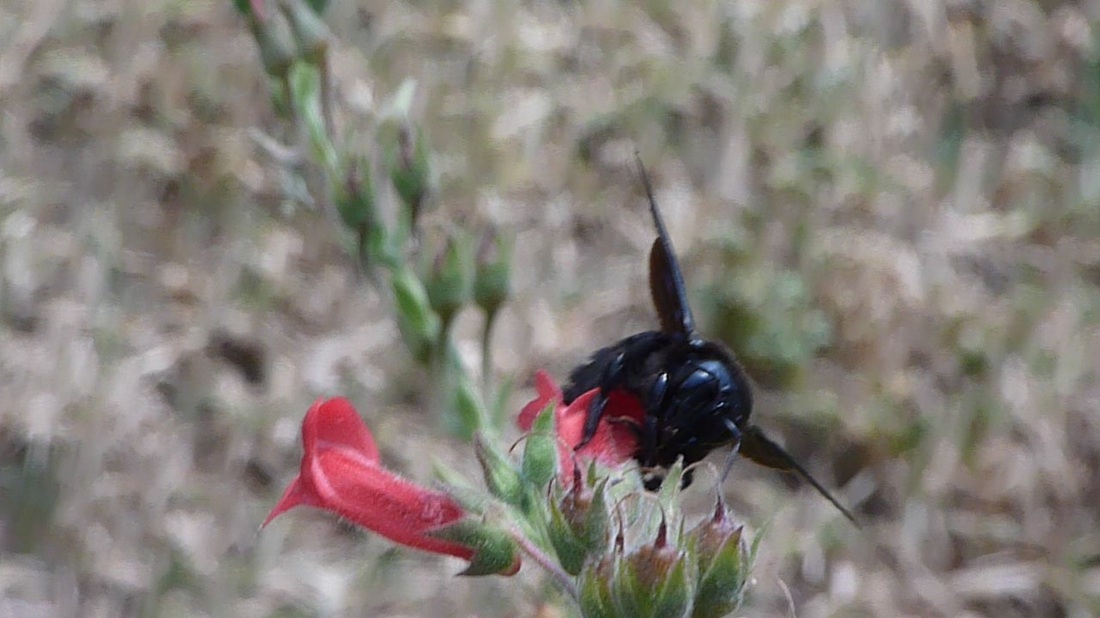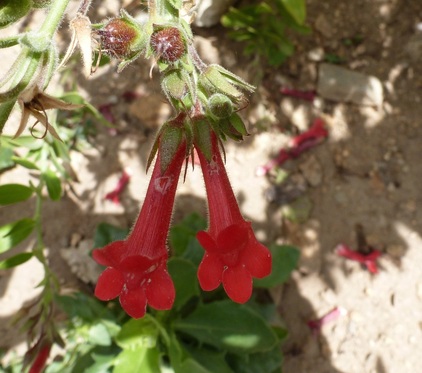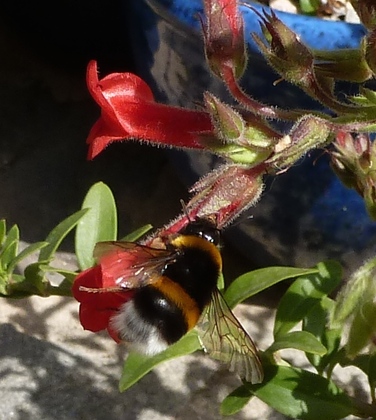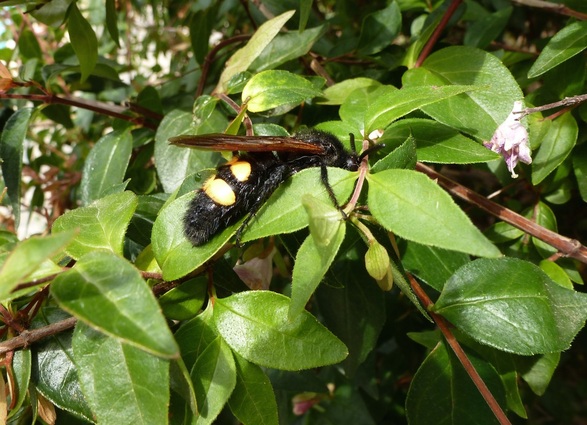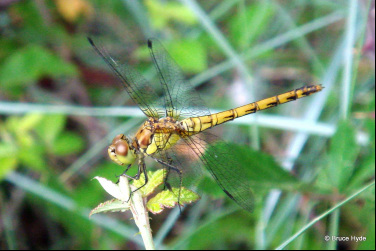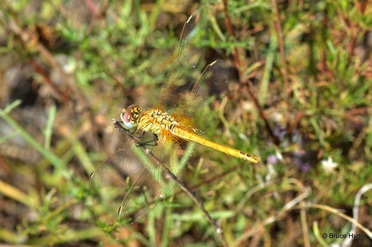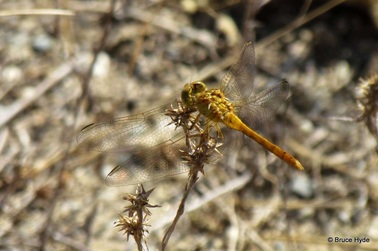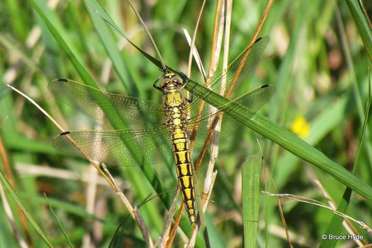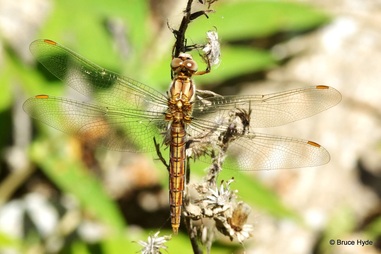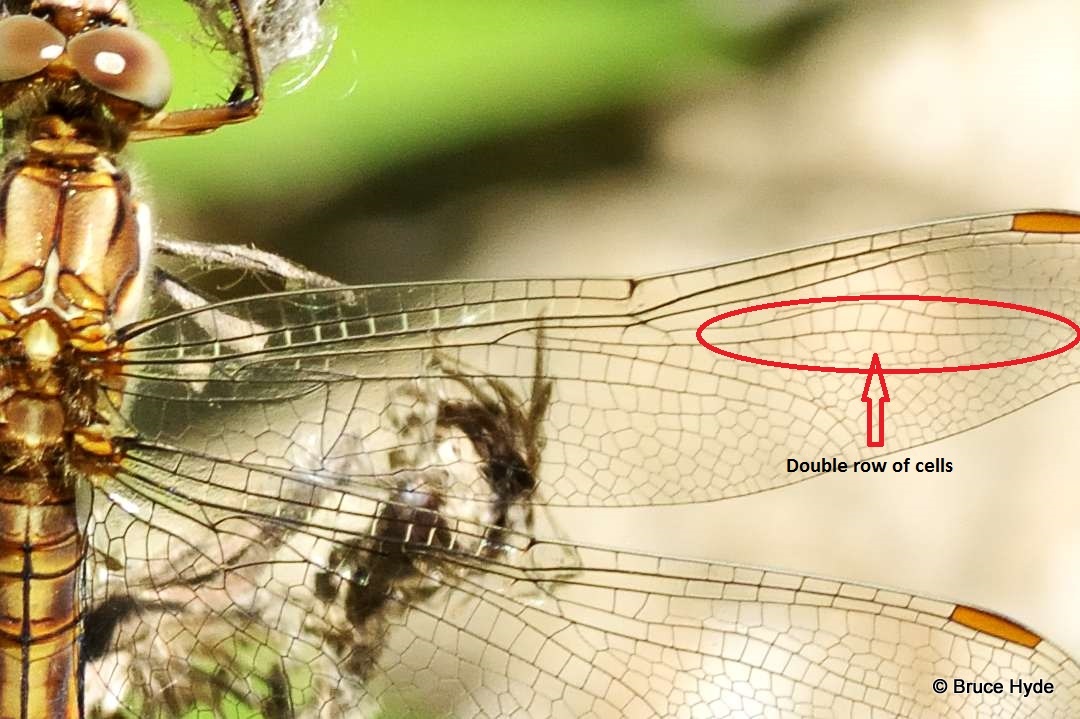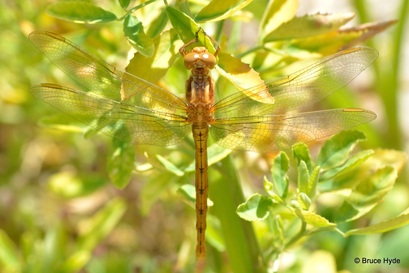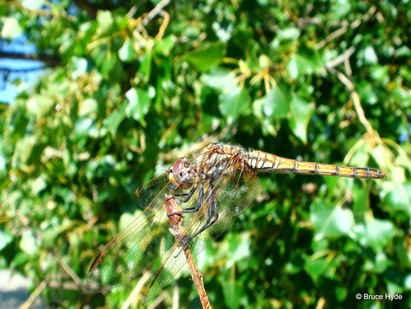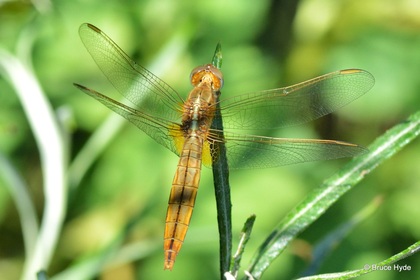Trips to the UK are rare for me and a recent visit to the Isle of Wight delivered a surprising punch of nostalgia for lush English countryside. (And a less surprising need for polo-necked jumpers.) I was very excited when family I was staying with reported having seen a lesser spotted woodpecker on their garden fence a few days earlier. Confident of their I.D. skills, and bearing in mind my last blog about woodpeckers, I kept a close eye on that fence. But my recent spell of luck had finally run out. Instead, though, I was treated to lots of skylark song, and buzzards seemed to be around every corner.
On my return a week later, to a steamy 28°C, palm trees, cork oaks and deep blue skies, I was reminded how exotic Roussillon is in comparison. Both are beautiful in different ways. But quite a lot had changed in my short absence.
Only the second week of June and the grass verges were parched and brown. Even the clover on what passes for our lawn had crisped up. All but one or two nightingales - previously so loud on walks - had stopped singing. So had many other birds. Territories secured, mates seduced, the serious business of rearing young was underway.
That first morning back I walked alongside a field close to our house that has masses of broom bushes. Last time I was there all I could hear were grasshoppers. Now, in the sizzling sunshine, all I could hear was the sound rice krispies make after the milk's poured on. The broom flowers having long gone over, their pea pod-shaped seed heads were bursting all around me. In England it was still late spring; here, it was like the height of summer.
I was also quickly reminded that there are plenty of new and intriguing things to discover about the natural world without setting foot outside our own garden. On my second evening back home I sat on the patio, enjoying a cool glass of wine with my husband, idly watching a Carpenter Bee bumbling from flower to flower on a bush a few feet away.
These heavyweights of the bee world are wonderful: totally black, with a purple-blue tinge to their wings that's earned them the forgettable Latin name Xylocopa violacea. They can look and sound intimidating – especially if they fly straight at you or if, as once happened to my husband, they barge out of a pair of swimming trunks that you're taking off the washing line – but in fact they aren’t at all aggressive and won’t sting.
Fascinating though my husband's conversation was, I found myself increasingly distracted by this particular chap. The flowers that interested it were, as you can see, longish, narrow and trumpet-shaped. But what was the bee doing?
Was it really stabbing the flower with its proboscis? Sure enough, nearly all of them had a hole at the stem end.
I came to the conclusion that the flower mouth is too tightly shut and the trumpet section too long for most insects to access nectar the normal way. Doesn't this mean, therefore, that the plant has given itself problems in terms of pollination (although I did subsequently see something much smaller – possibly a beetle – crawl in through the flower mouth)?
Isobel tells me she has read that many plants, "bred" especially for attractive display in gardens, are particularly difficult for bees to access. Seems I have unwittingly chosen one such plant.
If that's the case, it's good to see the carpenters have found a novel solution to their problem. And they're not the only ones.
What I'd really love to know is if this behaviour is perfectly normal or a recent adaptation in response to new plant breeds. If anyone reading this can tell me, please get in touch!
It is, of course, a type of wasp. One of the Ruby-Tails according to my book. Unfortunately it doesn’t have a common name of its own, only the equally hard to remember Latin Scolia flavifrons. I think this one was a male. Females are bigger - up to 40mm! - and have brown heads. Happily, like carpenter bees, they are quite harmless to man.
The poor thing did look very sad as it crawled into the shade of some leaves to dry off. When I checked later it had gone, hopefully none the worse for its ordeal. Only a wasp and no rarity for these parts, but I would still have felt bad if it had died because of us and our pool.
Ruby-Tail Wasp from Lesley McLaren on Vimeo.
